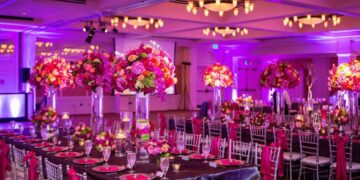The question of an “ideal” age gap between married couples is one that has been pondered by societies, researchers, and individuals for centuries. It’s a topic rife with cultural norms, evolutionary psychology, and personal preferences. While there’s no magic number that guarantees marital bliss, research and observations offer some insights.
Trends and Statistics
Historically, larger age gaps, with the man being significantly older than the woman, were more common. This was often attributed to factors like:
Socioeconomic factors: Older men were more likely to have accumulated wealth and status, making them desirable partners.
Fertility: Evolutionary psychology suggests men may have sought younger women due to their perceived higher fertility.
Traditional gender roles: Men were providers, so age was equated to stability.
However, societal shifts, including increased gender equality and women’s economic independence, have influenced these trends. Modern relationships show a broader range of age differences.
Studies offer varying perspectives:
Some research indicates that couples with a small age gap (0-3 years) tend to report higher marital satisfaction. This is sometimes attributed to shared life stages, interests, and experiences. A study in the Journal of Population Economics showed marital satisfaction decreases significantly with larger age differences.
The 2017 US Current Population Survey revealed the most common age difference in married couples is within two years.
























